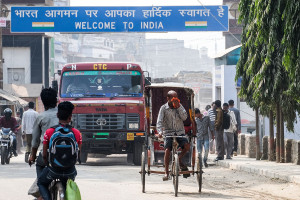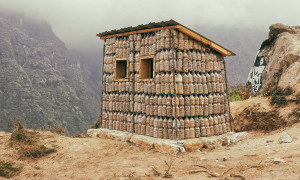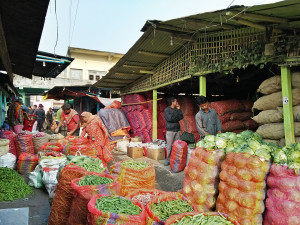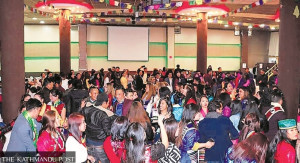Money
Nepal’s top revenue-generating customs offices merge
Five and a half years after the government’s decision, Sirsiya Dry Port has been dissolved and merged with the Birgunj Customs Office.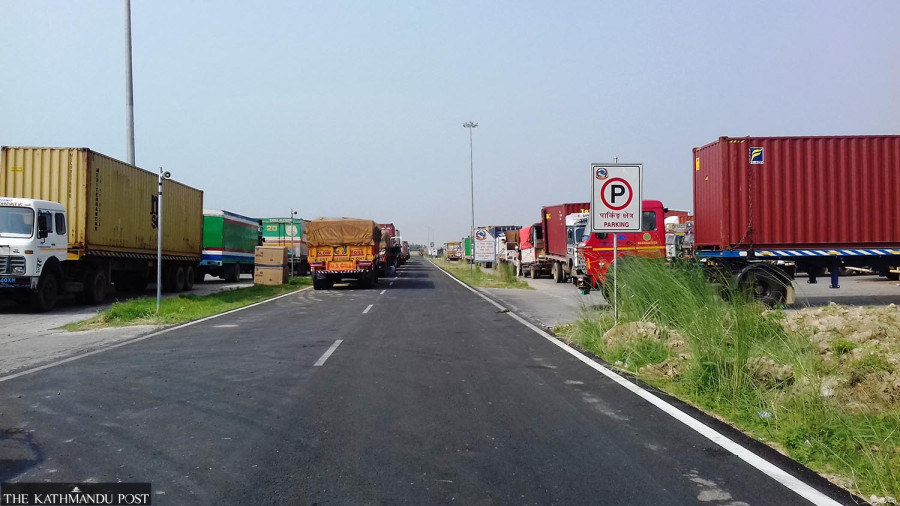
Shankar Acharya
Nepal’s two major customs offices—Sirsiya Dry Port and Birgunj Customs Office—have been merged to make the country's largest customs office, five and a half years after the idea was floated.
The Sirsiya Dry Port, Nepal's first dry port customs, has been dissolved and integrated into the Birgunj Customs Office, which currently functions as an Integrated Check Post (ICP).
From the beginning of the new fiscal year, the unified customs office known as the Birgunj Customs Office started offering services under a single administration.
In terms of revenue collection, the Birgunj customs ranks first in the country, while the Sirsiya Dry Port has consistently been among the top five. The Birgunj customs has collected over Rs100 billion in revenue annually, while the dry port office collects around Rs50 billion.
Under the new structure, the current chief customs administrator and under secretary Deepak Lamichhane will oversee operations. He will be supported by two other chief customs officers—Rajendra Dhungana and Ram Prasad Pathak—and Dhan Bahadur Baruwal, the erstwhile chief customs officer of Sirsiya Dry Port.
Lamichhane stated that although the office is now unified, service delivery to clients will continue from the former Sirsiya Dry Port and Birgunj Customs locations. The government decided to merge the two customs offices in December 2019.
At the time, the government had concluded that three customs offices at a single border point were unnecessary and decided to bring the dry port customs under the Birgunj Customs Office while limiting the customs office at the Birgunj–Raxaul checkpoint to a passenger-only branch.
According to Baruwal, the Department of Customs issued formal correspondence to dissolve the Sirsiya Dry Port from the first day of the new fiscal year and to start integrated service delivery from the Birgunj ICP.
He said this would facilitate foreign trade and make services more accessible to users. To prepare for the merger, an undersecretary position had already been created at the Birgunj Customs Office.
The first undersecretary was posted there in September 2018, a year before the formal decision to merge the customs offices.
Recognising the importance of these two customs points in Nepal's economic activity, the government also acquired 62 bigha (41.99 hectares) of land between the Sirsiya Dry Port and the Integrated Check Post to enable uninterrupted operations.
Between the two major structures lies Khalwatola village and farmland belonging to residents. Once this area is acquired, the physical infrastructure of both offices can be connected.
A lack of customs infrastructure and yard space is hampering efficient customs operations, according to officials. After the acquisition, both customs offices will have additional land, helping to facilitate import-export trade further. However, the acquisition process is incomplete due to delays in assessing the financial value of some private structures and properties.
The land being acquired belongs to 480 households, but technical fieldwork for compensation distribution has not yet started.
Of the total 62 bigha, landowners have already received compensation for 58 bigha (39.28 hectares), totalling Rs4.99 billion.
The federal government began the land acquisition process nine years ago and decided to acquire the land in January 2017. Among the 19 landowners who challenged the acquisition in court, some have returned after the legal proceedings seeking compensation, but there is still a lack of funds to distribute to them.
Of the total land to be acquired, about 1.5 bigha (1.02 hectares) is under court dispute due to dissatisfaction over compensation. Altogether, four bigha, four kathha, and seven dhur of land—including disputed and unregistered lands—remain pending for compensation.
Eighty-four informal (squatter) households live on two bigha, 18 kathha, and 10 dhur of land within the acquisition area. Their right to immediate compensation remains uncertain since they do not possess land ownership certificates. According to the customs officials, a cabinet-level decision from the federal government is required in their case.
Sirsiya Dry Port was the first customs point in Nepal connected to the Indian railway network.
Through rail routes, it facilitates imports and exports with third countries via India's Kolkata, Haldia, and Vishakhapatnam ports. Rail-based freight transportation reduces the risk of damage and theft and is more cost-effective.
In contrast, the Birgunj customs point handles cargo imports and exports solely via trucks.




 19.12°C Kathmandu
19.12°C Kathmandu






